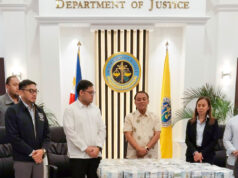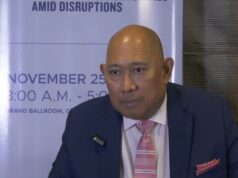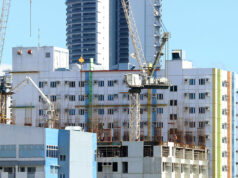TRAVEL: The placid Lake Sebu
By Carmencita A. Carillo
Correspondent
LAKE SEBU, SOUTH COTABATO — There is something mystical about Lake Sebu, but while I have always considered it part of my bucket list, and it was only a few hours away from my hometown, it took me several decades to finally visit the place.
And was I smitten.
The municipality of Lake Sebu in South Cotabato is a small place and minus the tourists, two people could occupy a hectare of the 42,450-hectare landscape given its 87,442 population as of the 2015 census.
The almost two-hour roadtrip from General Santos City to Koronadal, and then to Surallah and Lake Sebu is an exciting one as it will take you from two bustling cities to an almost-hidden gem.
Lake Sebu is virtually a bowl hidden by forests and mountains.
The Allah Valley, where Lake Sebu is located, has been recognized as a cultural landscape by the United Nations Educational, Scientific and Cultural Organization (UNESCO).
Around 924.5 square kilometer of the area has been declared a protected landscape.
Lake Sebu is the biggest of the three lakes in the area, the others are Lake Seloton and Lake Lahit.
While eco-tourism is a main attraction here with the seven waterfalls and Southeast Asia’s tallest zipline at 600 feet above the ground, tilapia farmed in the lake and served up in 101 ways is an inescapable delight.
I was skeptical about having lunch on a boat that will take us around the lake since I have a very squeashy tummy. Lunch, of course, was everything tilapia — kinilaw, pinaputok, paksiw, even chicharon. Punta Isla Resort consumes 300 kilos of Tilapia daily for their various dishes.
On the boat, when we were a few meters from land, I realized that I did not have to worry about eating on board because the 354-hectare Lake Sebu is very placid.

This is home to the indigenous tribes of the T’bolis, Ubos, Tirurays and Manobos although some have married Ilocanos and illongos.
Our guide Angie Kuyan, a full-blooded T’boli, said only up to 65% of the population now are full-blooded while 22% are Ilonggos, 10% Ubos and 3% Muslims.
Most of Lake Sebu’s 3% Muslim population are actually T’bolis who have converted and are known as Balik Islam.
Ms. Kuyan, garbed in the T’boli traditional wear, narrates as we move along the gentle waters.
A tour of the lake is guaranteed to give you a breath of fresh air.
The lake, which has a dark green color as a result of the algae below and the reflection of the trees surrounding the lake, also refreshes the eyes and the other senses.
Most of the accounts of tourists about Lake Sebu are mostly on the street dancing and the fluvial parade during the Helobung Festival, which Angie said means unending happiness, in November. That would be a good time to visit if you want to join the festivities.
But if you want to experience the serenity offered by Lake Sebu and the warmth of its people, then come at any other time.
As you spend some time just sitting by the lake, you will realize that no matter how strong the rain is, the lake is unlikely to overflow because the water heads out to the seven waterfalls, the Allah River, and the Rio Grande de Mindanao.
It will be several decades more before I retire. But when I do, I know a place where I can just sit around, and be where the water is placid.



